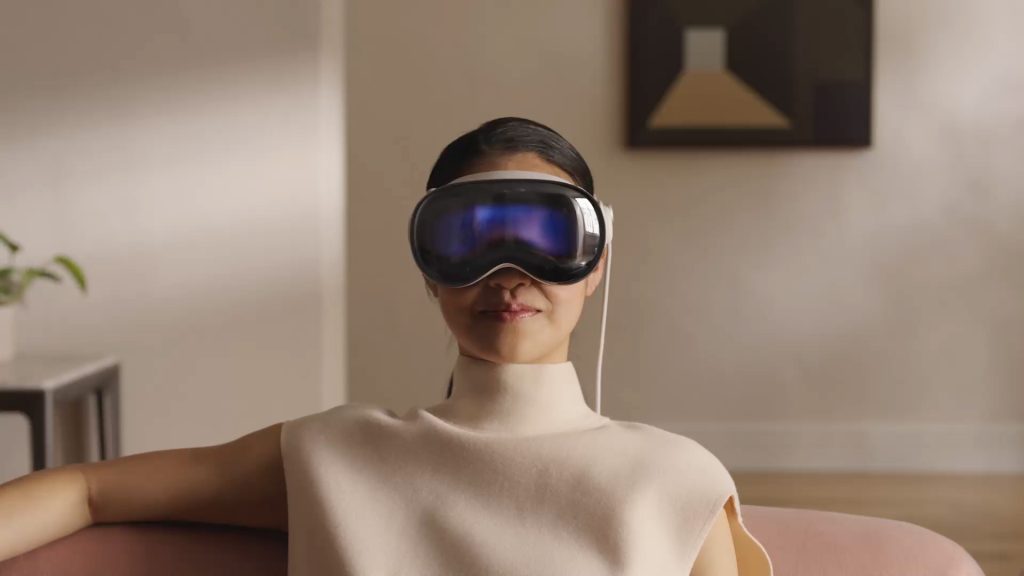Apple is reportedly planning to start mass shipments of its Vision Pro headsets in the first week of January, earlier than initially expected, according to supply chain analyst Ming-Chi Kuo. These headsets are expected to be available in stores by the end of January.
Additionally, there are new reports that say Apple is set to release a new model of its mixed reality (MR) device, the Vision Pro, in 2027. This upcoming version will feature RGB OLEDoS (Silicon-based OLED) technology, a significant upgrade from the WOLED (White OLED) with a color filter (CF) used in its current version.

RGB OLEDoS will provide higher brightness over current WOLED+CF models
RGB OLEDoS technology produces light and color directly from adjacent RGB sub-pixels on a single layer, eliminating the need for a color filter. This results in significantly higher brightness compared to the WOLED+CF OLEDoS technology, which relies on white light filtered through RGB color filters for color generation.
The RGB OLEDoS technology, initially developed for military use by the U.S. company eMagin and now under Samsung Display following an acquisition, represents a significant leap in display technology.
Market research firm Omdia, which revealed these plans, also provided insights into these technologies’ production and market aspects. The current production of WOLED+CF OLEDoS, undertaken by various companies including Sony, faces limitations in yield and capacity. Sony’s OLEDoS production, in particular, has a yield of less than 50%. In contrast, RGB OLEDoS production, though not widespread, offers a brighter and more efficient display technology.
Meta (formerly Facebook) is also in the race to compete with Apple’s Vision Pro headset. Despite CEO Mark Zuckerberg’s skepticism about Apple’s technological breakthroughs, Meta is reportedly exploring various display technologies for its XR devices, including LCoS, OLEDoS, and LEDoS. However, their current offering, the Quest, does not match the capabilities of Apple’s Vision Pro. Meta’s pursuit of competitive MR technology seems to be a longer journey, potentially putting them behind Apple’s advancements in spatial computing.
Samsung, another key player in the XR headset market, is working on its own versions. However, they are not expected to rival Apple’s Vision Pro in the near future, highlighting the tech giant’s leading position in the MR technology space.
RELATED:
- Apple Watch import ban takes effect in U.S. following regulatory decision
- Apple’s iPhone Designer Resigned for AI Hardware Project with Sam Altman
- Best smart luggage of 2023: Modobag, Weego, Incase & More
- Big Discount: AOOSTAR R1 N100 NAS Mini PC Only For $159
- Get latest Oneplus 12 Phone for $699 on Geekwills
(Via)







